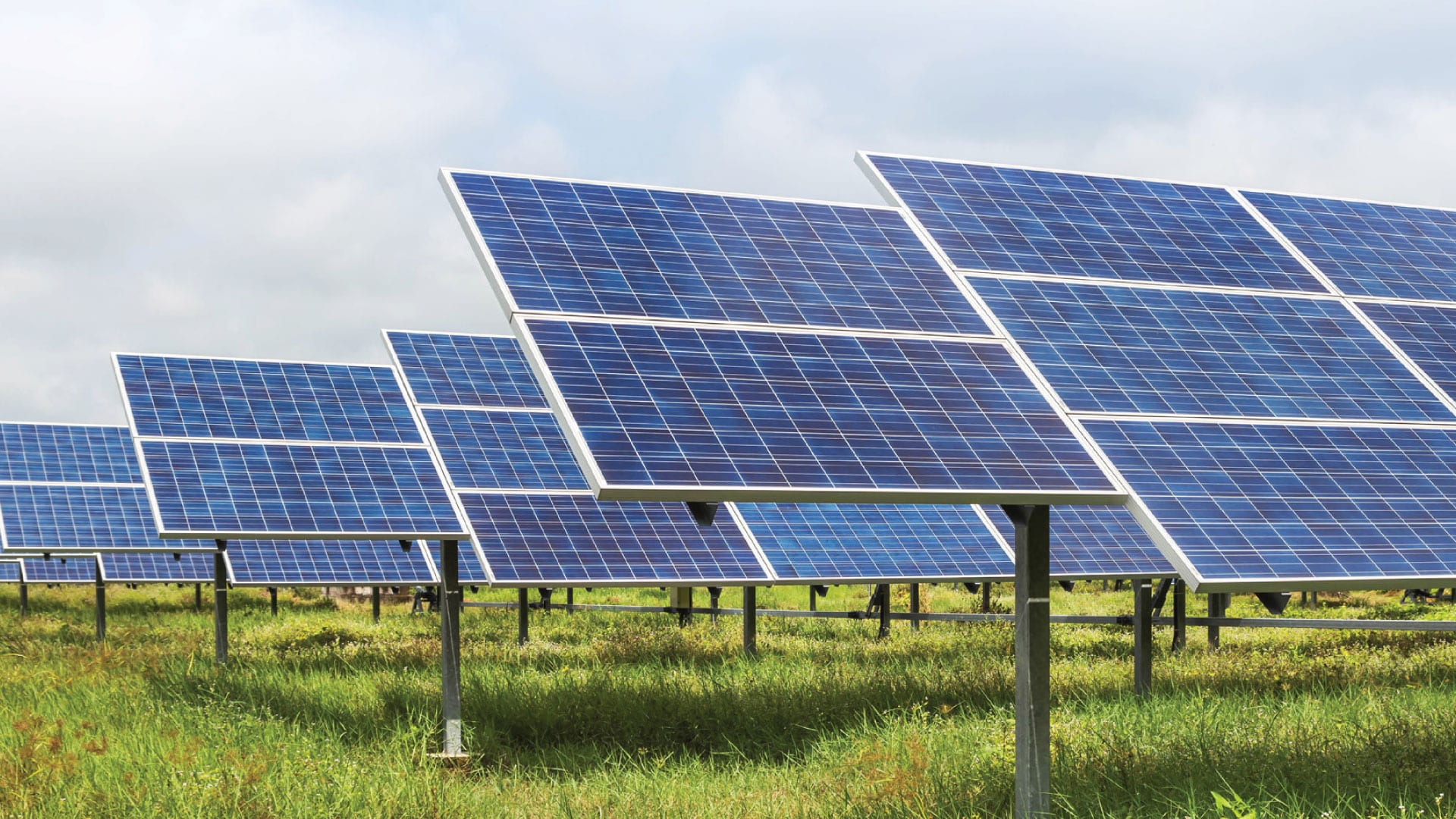Solar installations are an increasingly popular investment for businesses and property owners, offering energy savings, environmental benefits, and tax incentives. But did you know that combining a solar installation with cost segregation can significantly enhance the financial returns of your project?

How Cost Segregation Induces Tax Benefits for Business Solar Installations
At Engineered Tax Services | ETS, we work with property owners to maximize the tax benefits of their investments. If you’re planning a solar project or already own one, understanding how cost segregation applies to solar energy systems can make a big difference in your bottom line—especially during the 2024 tax season.
Current Bonus Depreciation Landscape
Under the Tax Cuts and Jobs Act (TCJA), many types of depreciable property became eligible for 100% bonus depreciation for property placed in service between September 28, 2017, and December 31, 2022. However, following the scheduled phase-down, the Consolidated Appropriations Act, 2021 extended bonus depreciation provisions but at reduced rates over time:
202460%
| Year | Bonus Depreciation Amount |
| 2025 | 40% |
| 2026 | 20% |
| 2027 | 0% |
This means that while investments in solar energy systems are still eligible for bonus depreciation, the percentage you can claim decreases each year until it phases out entirely in 2027.
Why Cost Segregation and Solar Make a Perfect Pair
Cost segregation is a tax saving strategy that accelerates depreciation, allowing you to front-load deductions and reduce taxable income in the early years of an investment. For solar projects, this means you can recover more of your costs sooner, freeing up capital for reinvestment.
Here’s why it’s especially advantageous for solar installations:
1. Solar Equipment Qualifies for Accelerated Depreciation
Most solar energy components, such as panels, inverters, and racking systems, are classified as 5-year property under the Modified Accelerated Cost Recovery System (MACRS). While the percentage of bonus depreciation available has stepped down from the original 100%, solar components placed in service during the 2024 tax year can still qualify for a 60% bonus depreciation deduction. This is a significant upfront benefit compared to taking normal depreciation over several years.
2. Cost Segregation Identifies Additional Opportunities
Beyond standard MACRS depreciation, cost segregation allows you to identify specific components that may qualify for shorter depreciation lives. For example:
• Electrical Systems: Wiring and transformers directly tied to the solar project.
• Site Preparation Costs: Grading, concrete pads, or foundations for solar arrays.
• Specialized Equipment: Inverters, trackers, or other essential equipment.
• Fencing or Protective Structures: Non-load-bearing enclosures or safety barriers.
By classifying these elements into shorter recovery periods, you can take advantage of increased first-year deductions through the available bonus depreciation rate, further boosting your cash flow early in the asset’s life.
How This Boosts Your Financial Strategy
By applying cost segregation to your solar project, you amplify its financial benefits in several ways:
• Larger Tax Deductions in Early Years: Reclassifying assets into shorter depreciation categories and applying the available bonus depreciation means you can claim a larger portion of your project’s cost sooner, reducing your taxable income upfront.
• Enhanced Cash Flow: More substantial early deductions mean more cash on hand in the initial years of your investment. This capital can be reinvested into other projects, improvements, or strategic growth initiatives.
• Maximized ROI with the Solar Investment Tax Credit (ITC): The ITC applies to the total cost of the solar system. Coupling the ITC with cost segregation and the applicable bonus depreciation percentage can significantly enhance your overall return on investment. Although the bonus depreciation rate is lower in 2024 than it was at its peak, combining these strategies still delivers compelling financial advantages.
An Example of Cost Segregation in Action
Consider a $1 million solar installation:
• $700,000 classified as 5-year property (solar panels, inverters)
• $200,000 reclassified as 3-year property (electrical wiring, racking systems)
• $100,000 allocated to 15-year property (site prep, grading)
With our cost segregation services at ETS, you not only accelerate depreciation but also apply the applicable bonus depreciation rate (60% in 2024 for qualifying property). As a result, you can deduct a substantial portion of the installation’s cost immediately, rather than spreading the deduction out over many years. This dramatically reduces taxable income for the year the solar project is placed in service, enhancing cash flow and the project’s overall profitability.
Thinking About Solar? Let’s Talk
Learn More About Cost Segregation and Tax Benefits for Business Solar Installation
If you’re planning a solar project or already have one in place, it’s worth taking a closer look at how cost segregation can help you maximize your investment. The tax benefits of business solar installations go far beyond energy savings, and understanding how to make the most of them can have a significant impact on your bottom line.
At Engineered Tax Services | ETS, we specialize in working with real estate investors to uncover hidden opportunities for tax savings. If you’d like to explore how we can help you get the most money back from your solar installation, we’re here to help.
Contact Us and let’s start the conversation. We’d love to hear about your project and discuss how we can support your financial goals.



